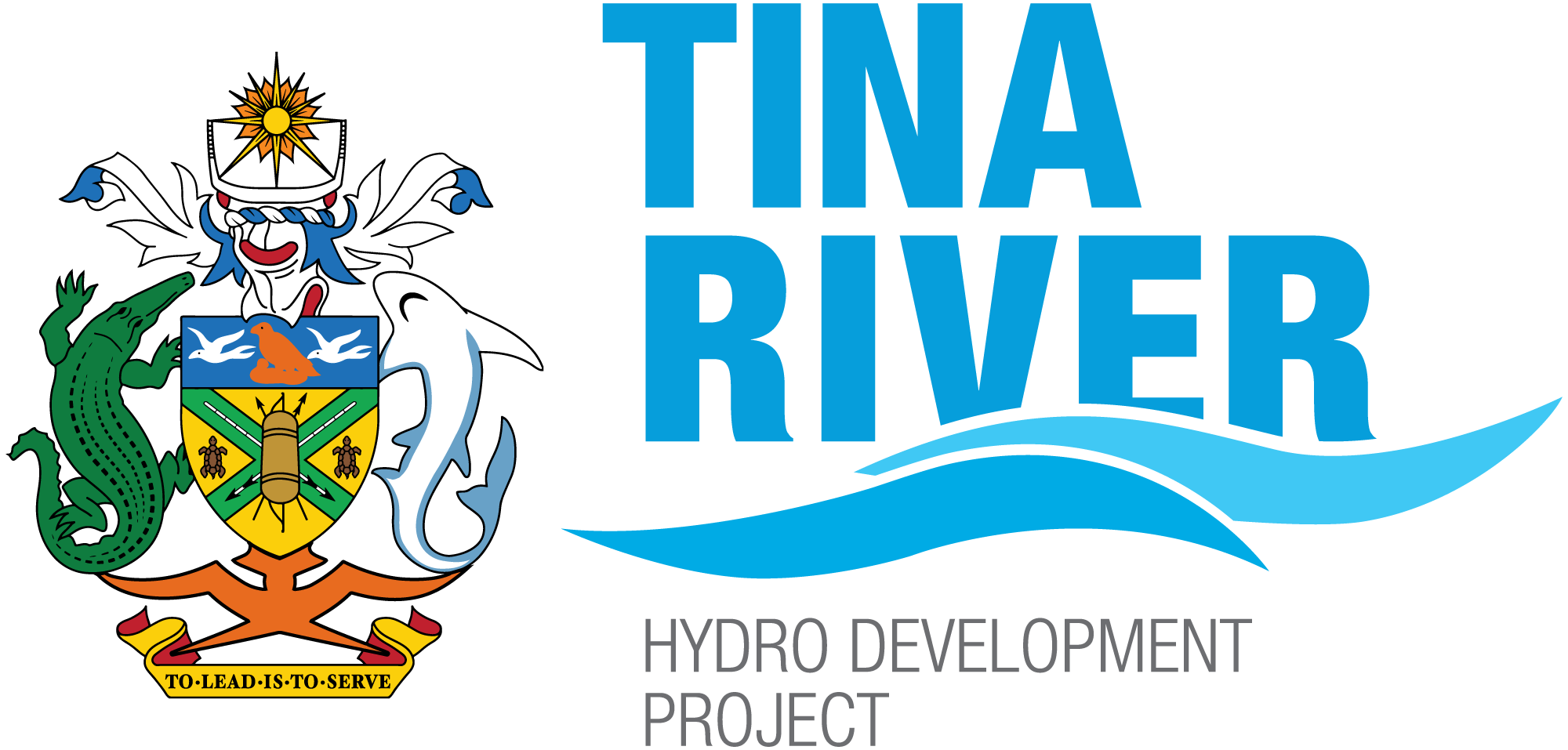The Tina River Hydropower development project was first studied in some detail by a World Bank Power Mission in February 2006. During this mission, desk studies were carried out for three developments on the Ngalimbiu, Nuhu and Choha river catchment areas. These desk studies concluded that a major tributary of the Ngalimbui River, the Tina River, appeared to have the best hydropower potential.
Based on the results of these desk studies, the Solomon Islands Government (SIG) commissioned a pre-feasibility study of the Tina River hydropower development. The pre-feasibility study, funded by the World Bank commenced in May 2007, and the final report was submitted to the World Bank in November 2007.
The prefeasibility study confirmed that the nine kilometre stretch of the Tina River identified by the World Bank mission was the most promising for a staged hydropower development to serve Honiara and other prospective loads in the area.
Following on from the pre-feasibility study, a full feasibility study into the Tina River Development was carried out.
The full feasibility study was to be initially conducted in two phases – phase 1 studied the entire length of the Tina River from the junction with the Mbeambea tributary down to the confluence with the Toni river, with the purpose of determining the optimum scheme for a Stage 1 development.
Phase 2 of the study further developed the outcomes of the Phase 1 study with a view to preparing the optimum scheme for full development.
Due to the high risk geological nature of the Phase 2 site, a further Phase 3 was commissioned to find an alternative site featuring less geological risk.
